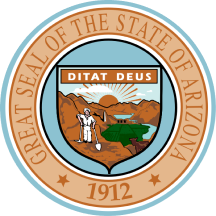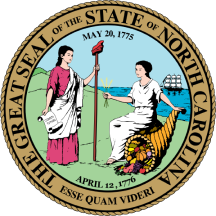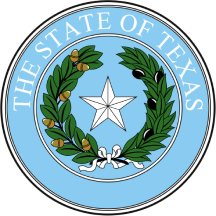Two significant wildfires are currently raging in the western United States, including a major blaze on the North Rim of the Grand Canyon, which has reached "megafire" status. This fire has become so intense that it is generating "fire clouds" that can create unpredictable weather systems. In Arizona, the wildfire that destroyed the Grand Canyon Lodge is only 9% contained and has scorched over 164 square miles, making it the largest active fire in the continental U.S. and one of the ten largest in Arizona's recorded history. Meanwhile, a separate fire in Monroe, Utah, has burned 75 square miles since July 13 and is 11% contained. Evacuation orders were issued for several towns in the fire's path, and damaged power poles have led to electricity outages in nearby communities.
Fire information officer Lisa Jennings reported that towering convection clouds, known as pyrocumulus clouds, have been observed over the Arizona fire for the past week. These clouds form when air above the fire becomes superheated and rises, creating a large smoke column. The resulting clouds can be seen from hundreds of miles away and can resemble an anvil. A more dangerous variant, the pyrocumulonimbus cloud, has also been noted, which can produce rapid winds that spread the fire. "If they get high enough, they can also create downdrafts, and that’s something we really watch out for because that can quickly spread the fire and can be very dangerous for firefighters who are doing their work on the ground," Jennings said.
In Utah, multiple fire crews had to retreat on Wednesday due to the unpredictable conditions created by these clouds. The same type of cloud has previously caused a fire tornado in eastern Utah, with wind speeds reaching 122 miles per hour. Derek Mallia, an atmospheric scientist at the University of Utah, explained, "Think of the fire as kind of like a hot-air balloon, so it adds buoyancy and things rise as a result. You get this towering thunderstorm over the fire, and just like any other thunderstorm, it gets really windy underneath it. Because it’s the West, these thunderstorms tend to be very dry."
The Dragon Bravo Fire on the North Rim of the Grand Canyon was ignited by lightning on July 4. Initially managed to benefit the landscape, it was later suppressed as conditions worsened, with hot, dry, and windy weather pushing flames toward the Grand Canyon Lodge and surrounding historic cabins. The fire has destroyed numerous structures and forced the North Rim's closure for the remainder of the season. Jennings noted that Thursday marked the eighth consecutive day of extremely dry conditions, with humidity levels in the single digits and wind gusts expected to reach 35 miles per hour.
In Utah, the Monroe Canyon Fire has also been exacerbated by hot, dry winds. The fire has damaged 12 power poles, leaving many homes without electricity since Wednesday afternoon. The National Weather Service has issued red flag warnings for extreme fire danger across much of central and southwest Utah. In Antimony, a town 54 miles south of Monroe, residents are facing power outages, and Mayor Kasey King indicated that they could be without power for up to a week. The local power company is working to restore electricity and has deployed backup generators.
Residents in affected areas are taking measures to cope with the situation. Marnie Reynolds, a resident of Antimony, expressed concern for the elderly in her community, stating, "We have been facing a lot of challenges, but we have the best community." In Richfield, Utah, Lee Stevens reported ash covering his yard and is preparing for potential evacuation due to the fire's proximity. The National Interagency Fire Center has indicated that, despite fewer acres burned this year compared to average, many regions remain susceptible to new fires and rapid flame spread.

 Local News in Arizona
Local News in Arizona

 New York Post
New York Post KSL NewsRadio
KSL NewsRadio Arizona's Family
Arizona's Family ABC News US
ABC News US CNN
CNN Local News in North Carolina
Local News in North Carolina LiveNOW from FOX Crime
LiveNOW from FOX Crime Los Angeles Times
Los Angeles Times NBC News
NBC News Local News in Texas
Local News in Texas KAKE
KAKE Raw Story
Raw Story